What European capitals looked like 100 years ago
Trip back in time
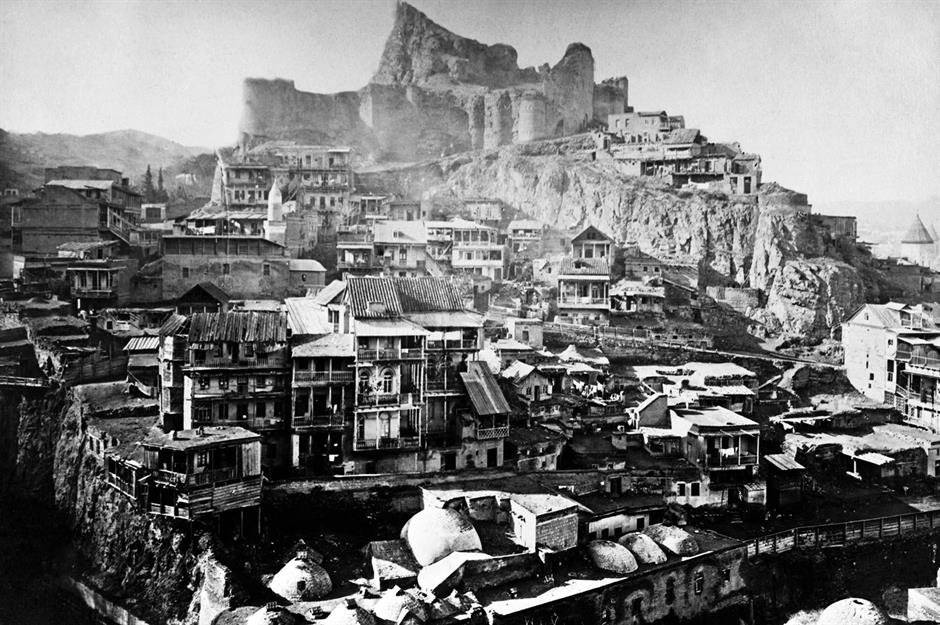
The 1920s were experienced in vastly different ways across Europe. While some countries were enjoying a period of respite after the horrors of World War I, others were coming to terms with the aftermath of the Russian Revolution. In these historic images of the era, many of the capital cities of Europe are still easily recognisable, others have changed beyond recognition – and some have lost their briefly held status as capitals altogether.
Click through this gallery to see what European capitals looked like in the 1920s. To enjoy these images FULL SCREEN, click the icon in the top right...
Brussels, Belgium

Brussels escaped significant damage during World War I, during which it was occupied by German troops. The most iconic landmark in the Belgian capital, the Atomium, a building shaped like an iron molecule magnified billions of times, was not constructed until the 1950s – for the 1958 Brussels World's Fair.
During the 1920s here, the principal landmark was the Manneken Pis fountain. It features a sculpture of a urinating boy that now spends around half the year dressed in costumes.
Edinburgh, Scotland
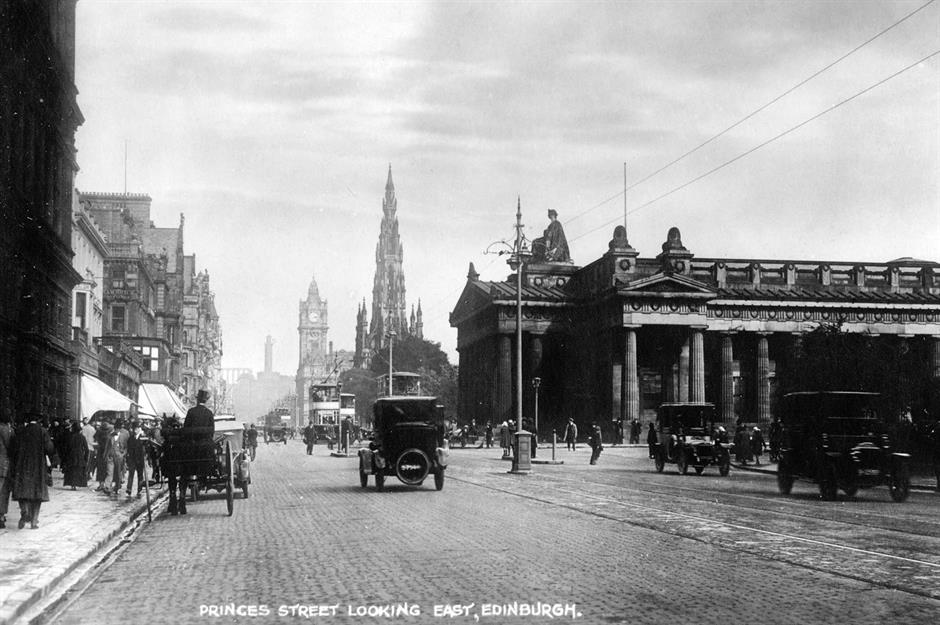
More than a century after this moment in time was captured in Edinburgh’s New Town, Princes Street remains recognisable. The building to the right of the photo opened as an art museum in 1859 and is the Scottish National Gallery.
The spired landmark in the centre of the photograph is the Scott Monument, dedicated to the writer Sir Walter Scott. Following their reintroduction in 2014, trams again operate along Princes Street – as they did in the 1920s.
Bratislava, Czechoslovakia
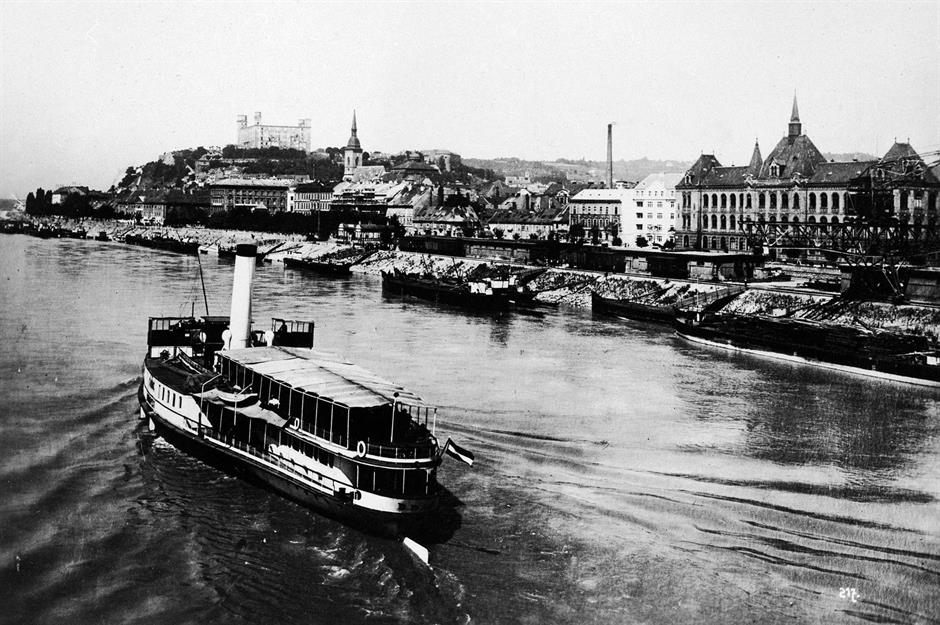
Bratislava became the capital of the newly independent Slovak Republic in 1993 following Czechoslovakia’s so-called ‘Velvet Divorce’. Until 1919 the city was widely known by its German name, Pressburg, and Germans made up approximately a third of Bratislava’s population in the 1920s. The castle that dominates Bratislava’s skyline was the residence of the Habsburg Empress Maria Theresa, who had the Baroque elements of the palace constructed.
Bucharest, Kingdom of Romania
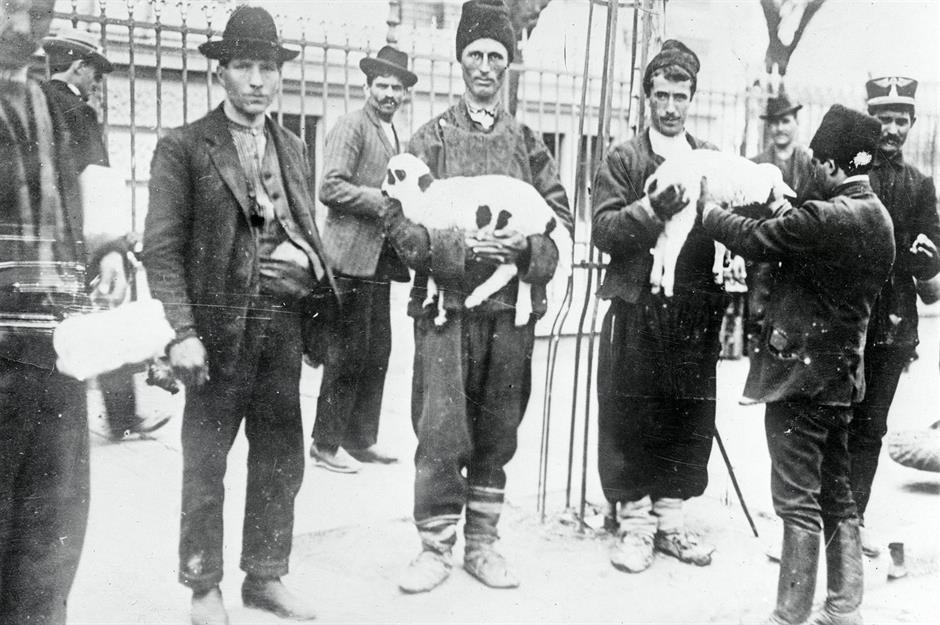
Bucharest is today the site of Europe’s largest administrative building, the Palace of Parliament, which was constructed during the 1980s. It was the brainchild of Nicolae Ceausescu, the leader of Romania from 1965 to 1989.
The project saw 20,000 persons working 24 hours a day over three shifts. Would the peasants who sold lambs on Bucharest’s streets during Easter week in the 1920s have welcomed employment on that building site?
Budapest, Kingdom of Hungary
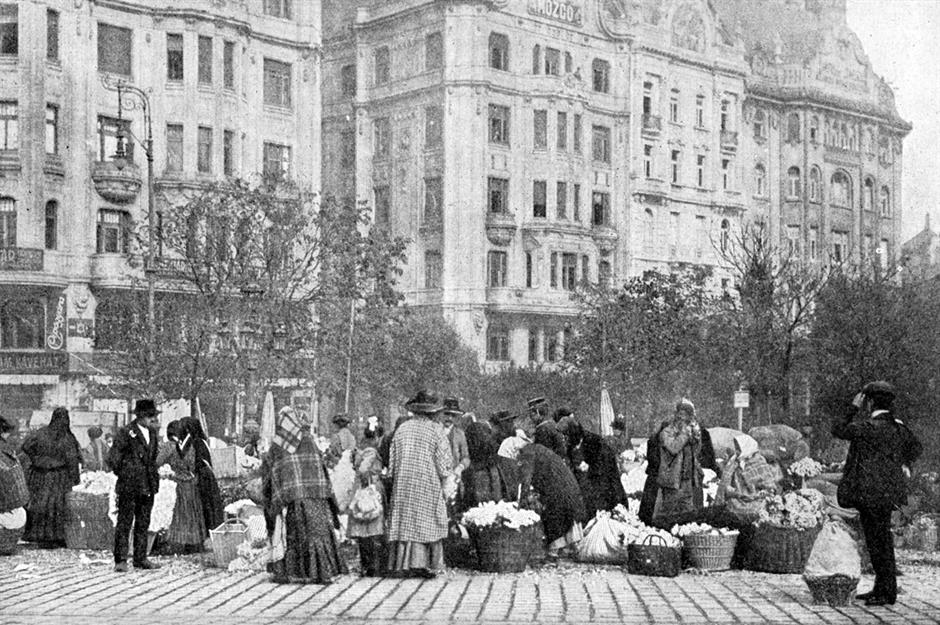
The photo shows people at one of Budapest’s flower markets in the 1920s. Environmentally-friendly wicker and straw baskets were used to carry blooms for sale, a practice that is returning as people eschew the use of plastics – which became increasingly common as the 20th century progressed.
Fashion has, of course, changed markedly over the intervening century. Rather than wearing coats, some of the women pictured here are draped in shawls.
Berlin, Germany
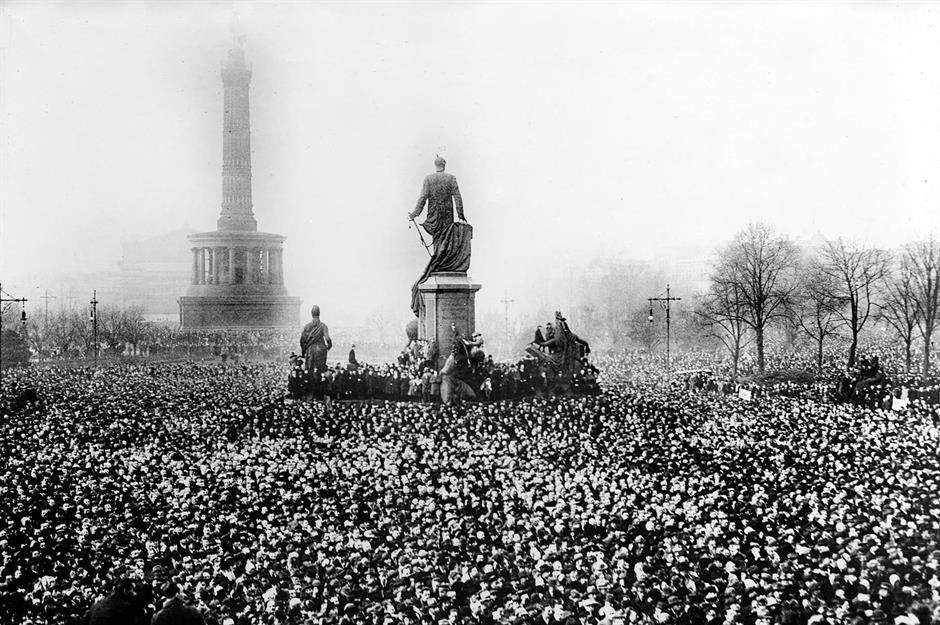
During the 1920s Berlin’s progressive cultural life radiated modernity around the world. Berlin in the so-called ‘Roaring Twenties’ became associated with cabaret, women wearing short skirts and diverse nightlife encompassing jazz clubs and erotic performances.
The city was also the capital of a nation recently defeated in World War I and divided by politically extreme viewpoints. This photo from 1923 shows a mass protest at the Siegessaule (Victory Column) in the Tiergarten area.
Belgrade, Kingdom of Serbs, Croats and Slovenes
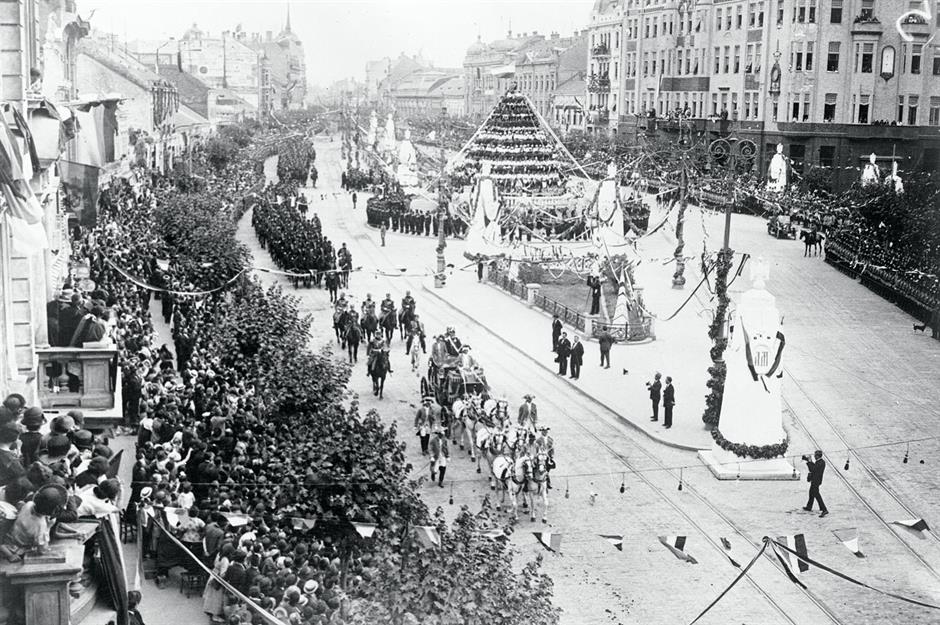
The Kingdom of Serbs, Croats and Slovenes was officially renamed Yugoslavia in 1929 and throughout the 1920s Belgrade was its capital. The photo shows a scene from the procession during the 1922 royal wedding of King Alexander and Princess Maria of Romania.
Onlookers appear to be cheering on the royal carriage enthusiastically as it parades through the city. Following the break-up of Yugoslavia, Belgrade has been the capital of Serbia since 2006.
Athens, Kingdom of Greece
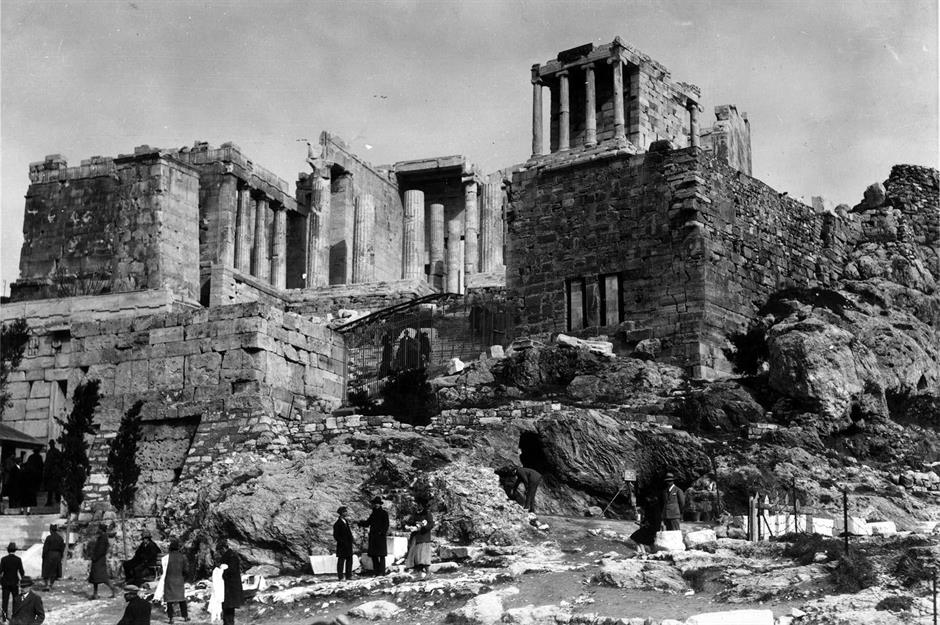
Over the past century, archaeologists have undertaken a significant amount of work to reveal aspects of life in Ancient Greece. The Acropolis in Athens was established as an archaeological site in 1833 and in the mid-1920s it was attracting a steady stream of visitors. The current Acropolis Museum opened in 2009, telling the story of the Parthenon and other ancient temples on the hilltop that overlooks Athens.
Amsterdam, Netherlands
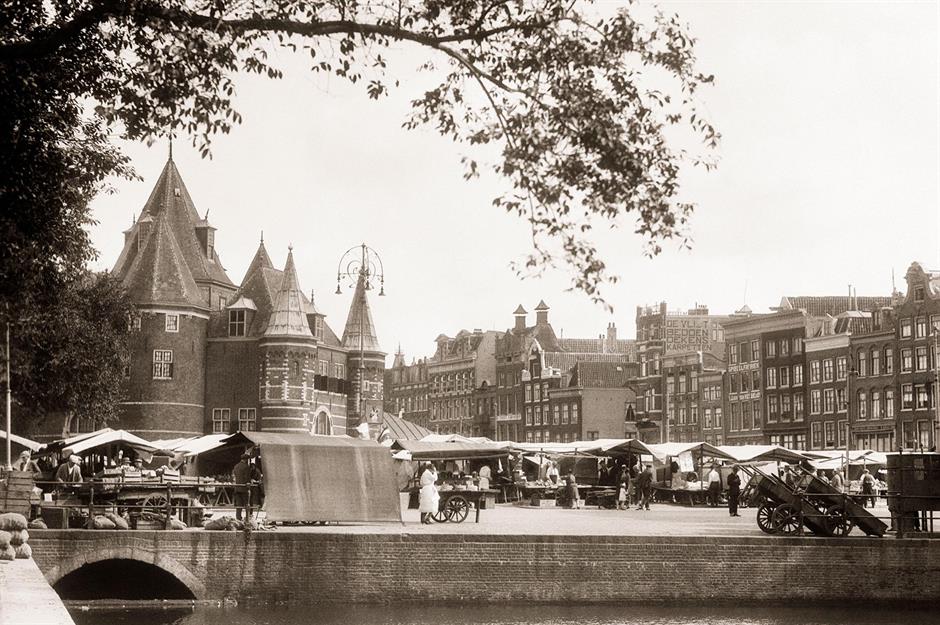
Reminiscent of a fairytale castle, the Waag was built as one of Amsterdam’s city defences in the late 1400s, when it was known as Sint Anthoniespoort (St Anthony’s Gate). Over time the building became used as a weigh house, which accounts for its name in Dutch – ‘de Waag’.
It stands in an area known as the Nieuwmarkt, meaning ‘new market’. Farmers' markets have seen a revival in popularity in recent years and in the 1920s stalls were erected around the historic landmark.
Moscow, Union of Soviet Socialist Republics
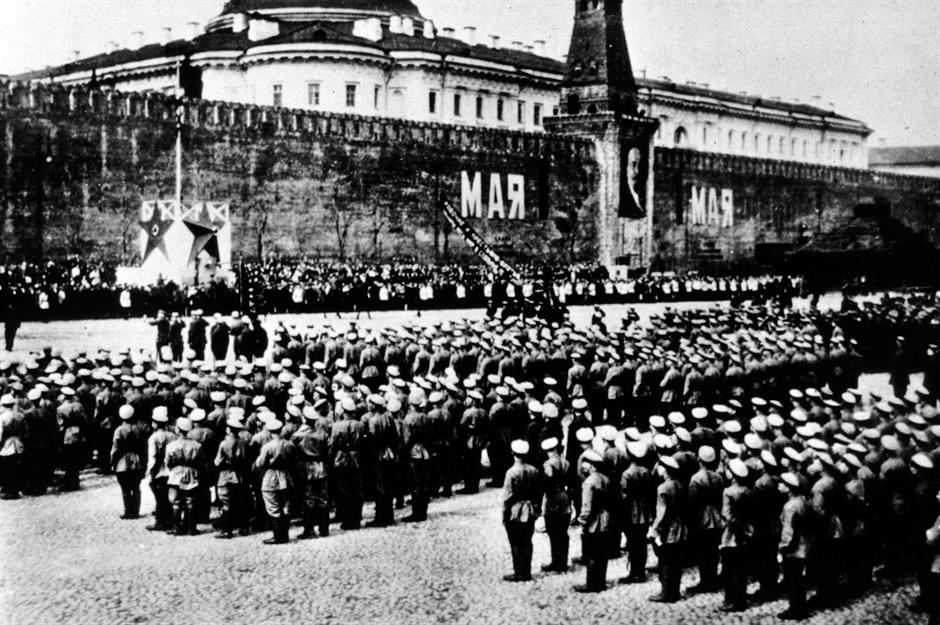
Before 1918 St Petersburg was the capital of the Russian Empire. In the wake of the Bolsheviks taking power, Moscow was named the capital city. In 1922, it became the capital of the Union of Soviet Socialist Republics (USSR) – of which Russia was a part.
May Day parades, depicted in the photo, showed the USSR’s growing military power. Vladimir Lenin was the country’s leader until he died in 1924 with the seat of power Moscow’s Kremlin – the Russian term for ‘citadel’.
Minsk, Belorussian Soviet Socialist Republic
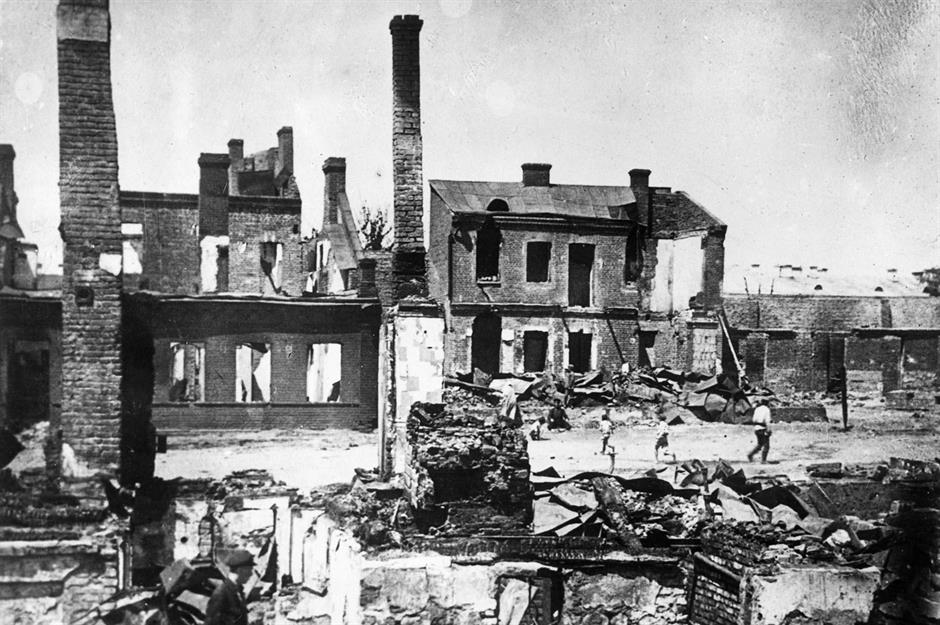
Minsk lay in ruins following the Polish-Soviet War of 1919 to 1921. The Belorussian Soviet Socialist Republic was established in 1920, and Minsk was its capital.
In the years that followed, the city grew rapidly during a programme of reconstruction that included the building of factories, educational establishments and a tram network. The independent Republic of Belarus was proclaimed in 1991 following the collapse of the USSR.
Madrid, Spain

The photo from the mid-1920s shows Madrid’s Gran Vía, Madrid's principal business street, where it branches from Calle Alcala. The ornate building to the left of the image is the Edificio Metropolis (Metropolis Building).
Having been opened in 1911 it was still a fairly new building in the 1920s. Like many European countries in the early 20th century, Spain experienced a polarisation in its politics and in 1923 Miguel Primo de Rivera became a dictator and leader of an authoritarian regime.
Lisbon, Portugal
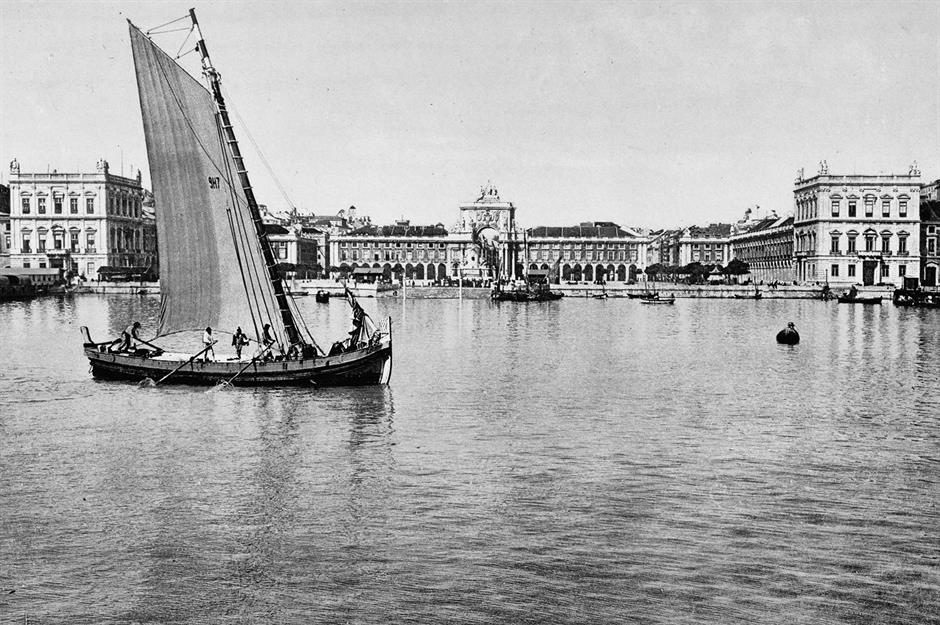
The Praca do Comercio, which translates to Commercial Square in English, was constructed in the 18th century, following the devastating Lisbon Earthquake of 1755. An ornate triumphal arch, the Arco da Rua Augusta, demarcates the square and the neighbouring street.
Since 2013, it has been possible to climb to a viewing platform at the top of the arch. The water of the River Tagus laps against the pier on the square's southern side.
Helsinki, Finland
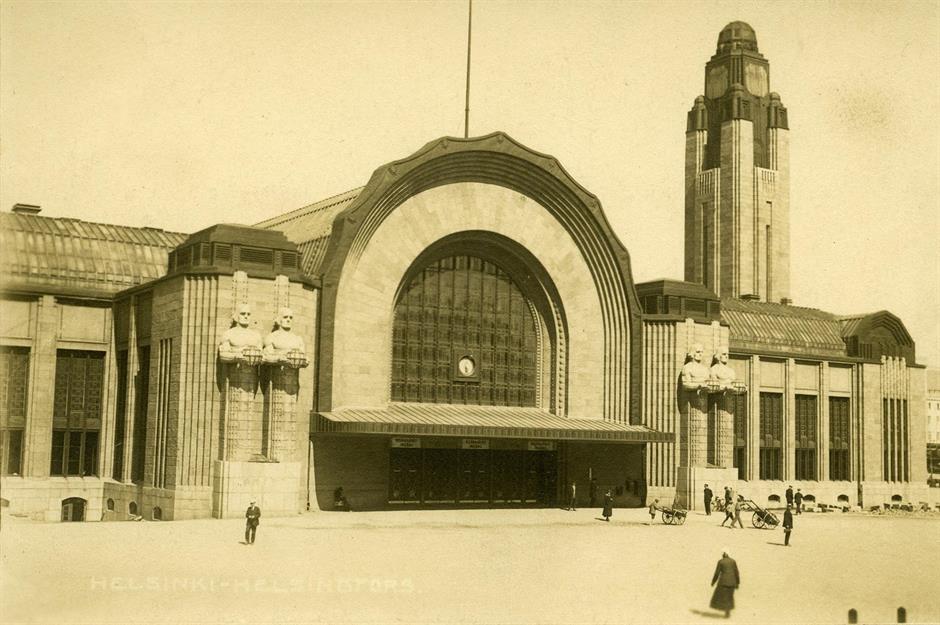
The clocks in the clock tower of Helsinki Central railway station were added in 1922. When construction began on the late-Art Nouveau-style station building, designed by Eliel Saarinen, Finland was still part of the Russian Empire.
The country declared independence in 1917 with Helsinki the capital. Granite statues by the sculptor Emil Wikstrom adorn the façade of this impressive city landmark. They are known as the Lyhdynkantajat, which translates to ‘the lantern bearers’.
Copenhagen, Denmark
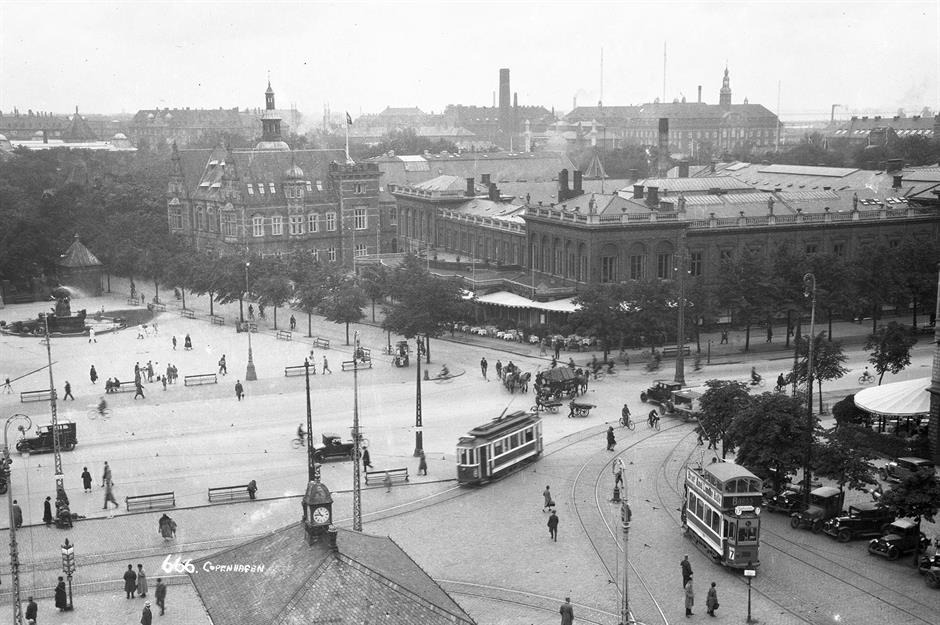
In 2024, The Economist ranked Copenhagen as the second most liveable city in the world. Denmark is famed for its concept of cosiness, known as 'hygge', and its capital city now has many architectural masterpieces that were not part of the skyline in the mid-1920s. They include the Royal Danish Playhouse, CopenHill power plant with its rooftop ski slope, The Black Diamond – Royal Danish Library and 8TALLET, a spectacular mixed-use building in the Orestad district.
Sofia, Kingdom of Bulgaria
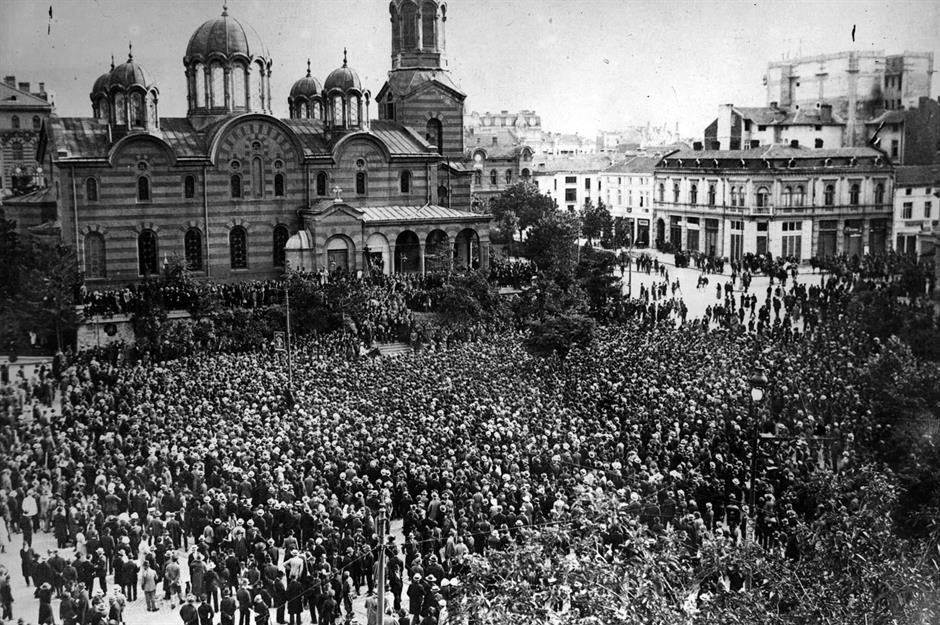
Bulgaria was allied with the Central Powers, the side of Germany and Austria, in World War I and Aleksandar Stamboliyski served as the prime minister of the country reconstructed and reintegrated after hostilities ceased. He was deposed during a military coup on 9 June 1923. His successor, Aleksandar Tsankov, is pictured here addressing the crowd that gathered in central Sofia.
Dublin, Irish Free State
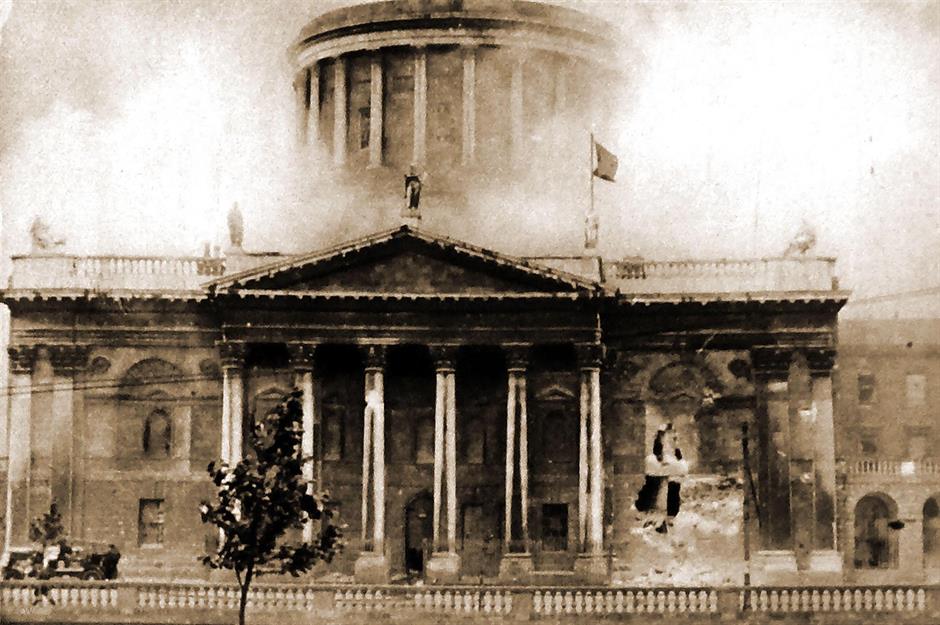
In the mid-1920s Ireland was recovering from a civil war that began with the Battle of Dublin in June 1922. Troops fighting for the Irish Free State fired artillery shells into the Four Courts, a legal institution and domed landmark by the River Liffey, because it was occupied by their enemy. Munitions within the Four Courts ignited, causing an explosion and fire, but in the years that followed the Four Courts was reconstructed.
Sarajevo, Kingdom of Serbs, Croats and Slovenes
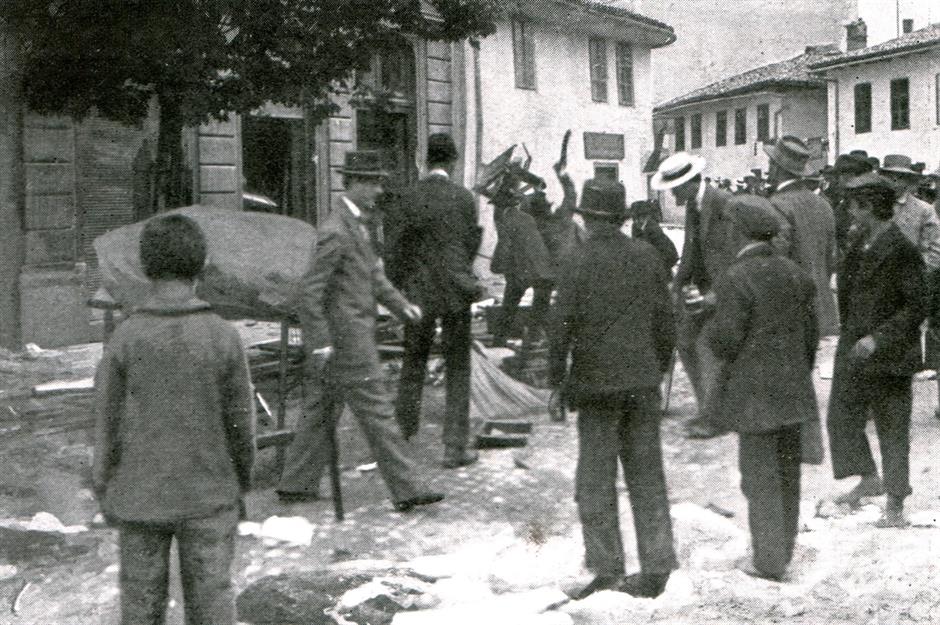
Infamously, Sarajevo was the city in which Gavrilo Princip assassinated Archduke Franz Ferdinand of Austria-Hungary and Sophie, Duchess von Hohenberg, on 28 June 1914 – a key event in provoking World War I. Flat caps, trilbies and straw boaters were all worn on Sarajevo’s streets in the years which followed. It was not until 1992 that Sarajevo became the capital of a newly independent country, known today as Bosnia and Herzegovina.
Rome, Kingdom of Italy
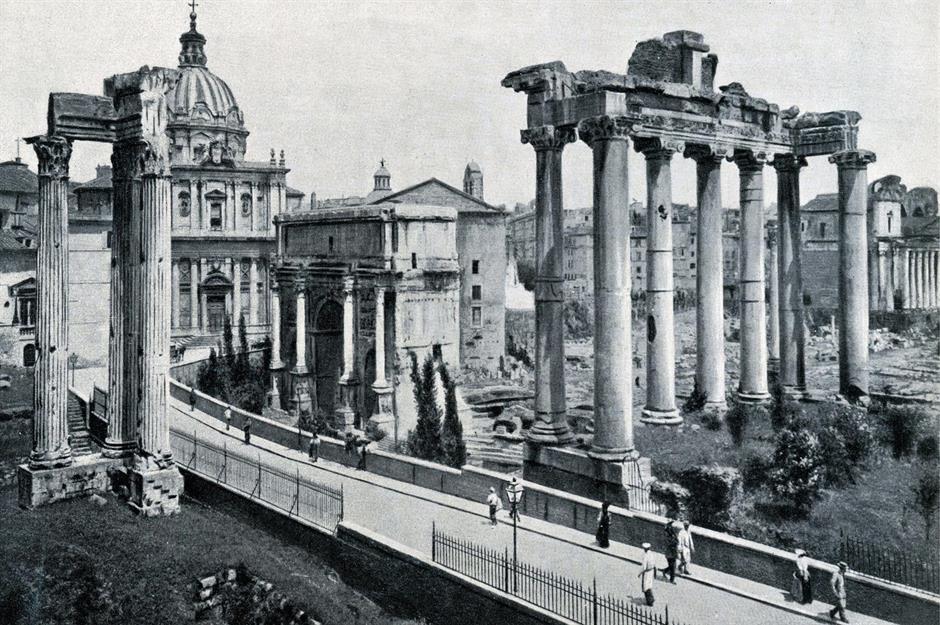
Rome’s status as one of the greatest cities of the ancient world remained evident in buildings such as the Flavian Amphitheatre, commonly known as the Colosseum, and the Pantheon. Built in the second century, the latter still has the world’s largest unreinforced solid concrete dome and is today used as a church. The photo shows people walking by the Forum and the remains of the Temple of Saturn, long before overtourism had become a serious concern.
Find out what the Romans really did for us
Oslo, Norway

In the first quarter of the last century, humans were still exploring parts of the planet that people had never previously visited. Roald Amundsen was one of the era’s celebrated explorers.
This photo shows Amundsen on the streets of Oslo in a horse-drawn royal carriage. He is accompanied by the American Lincoln Ellsworth, an American with whom he attempted to fly to the North Pole in 1925 and traversed the Arctic basin in 1926.
Reykjavik, Kingdom of Iceland
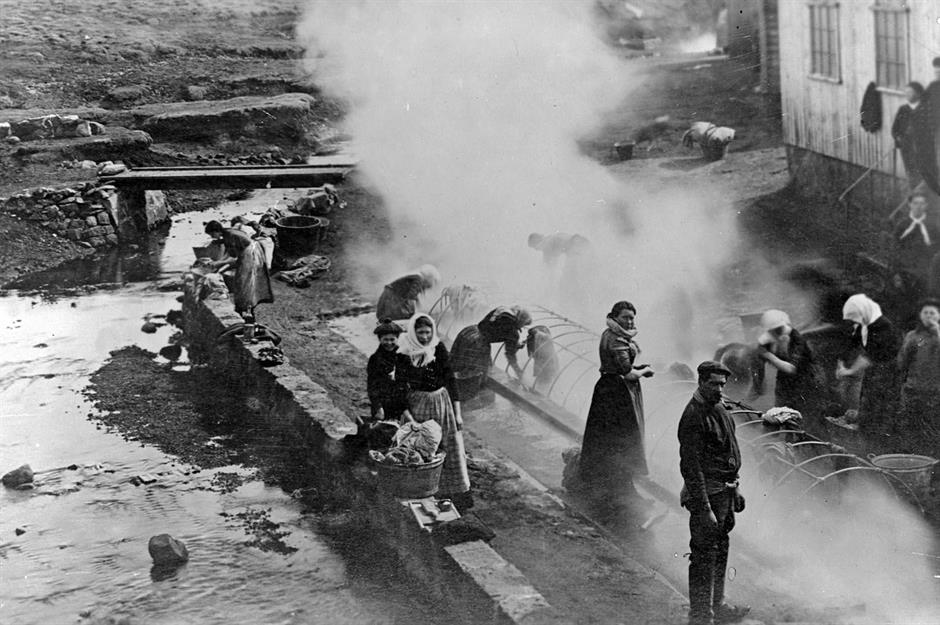
The automation of household chores played an underrated role in changing lives in the 20th century. Washing machines are now common in European homes but that was not the case a century ago.
The need to heat water meant many people had dedicated ‘wash days’ on which their clothes were cleaned. Iceland’s naturally warm water made the task easier than in some places. Here, women in Reykjavik are seen washing using geothermally heated water.
Podgorica, Kingdom of Serbs, Croats, and Slovenes
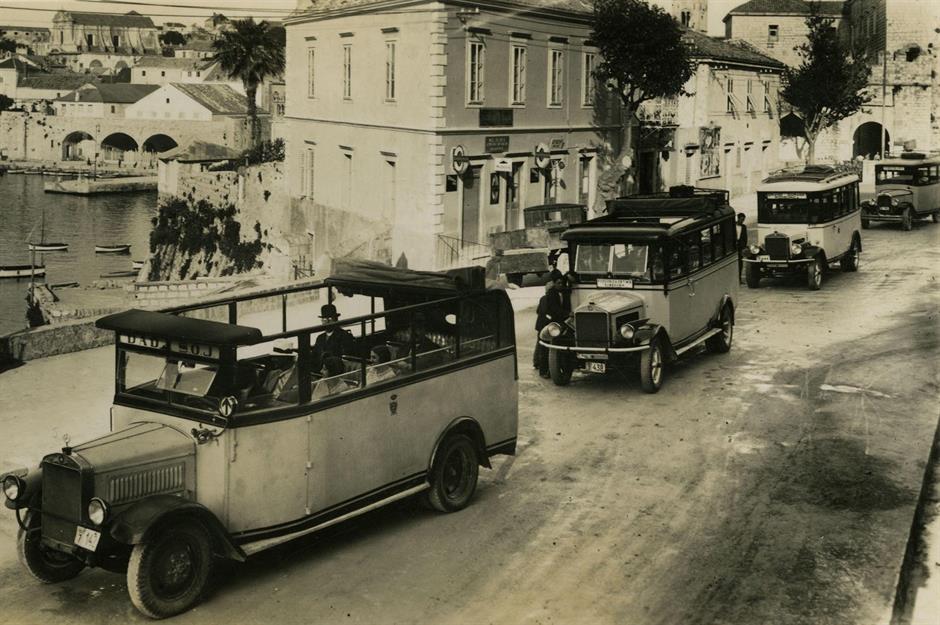
Podgorica became the capital of newly independent Montenegro in 2006. For much of the 20th century the city was known as Titograd in honour of Josip Broz Tito, the leader of Yugoslavia.
During the Middle Ages, it was named Ribnica and in Roman times it was called Birziminium. The photo shows Mercedes charabancs, an early form of bus, on the streets of Podgorica during the 1920s.
London, England

Football’s popularity in England was growing in the 1920s. London’s Wembley Stadium hosted its first FA Cup Final in 1923. Bolton Wanderers beat West Ham United 1-0 in a game that became known as the ‘White Horse Final’ because of the police animal that helped clear the crowd from the pitch before kick-off.
Thousands of people without tickets entered the ground, resulting in overcrowding. The twin towers came to be regarded as an iconic feature of Wembley Stadium.
Paris, France
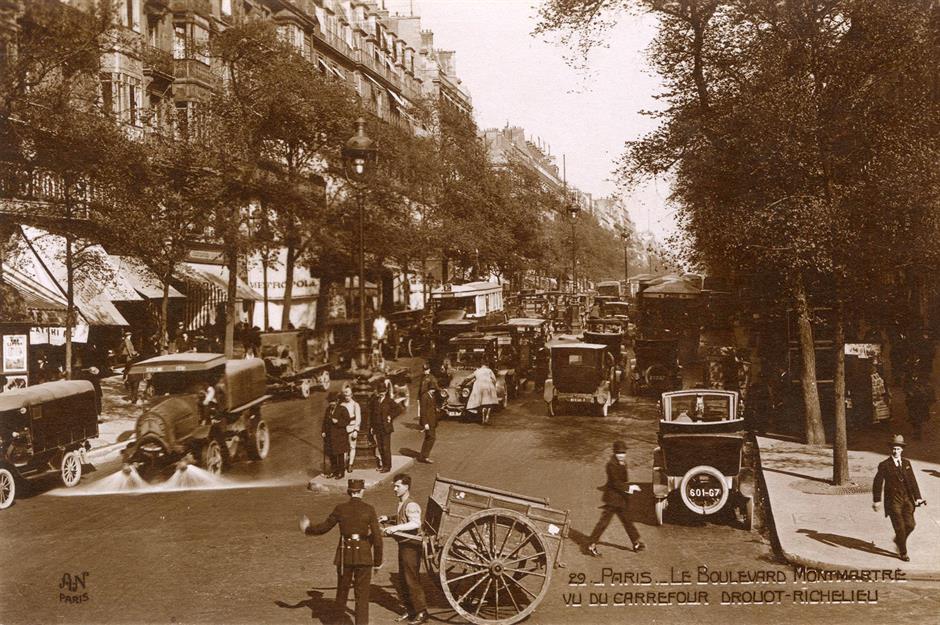
In 1924, Paris hosted a Summer Olympics that involved 3,088 athletes. A century later, the French capital again hosted the Summer Games, with almost 11,000 athletes participating.
Today, the Montmartre district leverages its heritage as a place where artists worked and enjoyed moments of leisure. In the 1920s, the likes of Piet Mondrian, the Dutch artist associated with the De Stijl movement, the Surrealist Salvador Dali and Cubist Pablo Picasso walked the streets here.
Warsaw, Poland

This photograph from around 1920 shows Warsaw’s Royal Castle and Sigismund’s Column – dedicated to the king who moved Poland’s capital from Krakow to Warsaw in 1611. Central Warsaw's historic buildings were reconstructed after their destruction during World War II.
Paintings and photographs, including those from the 1920s, aided rebuilding in the 1970s. The aim of being as faithful as possible to the original paid off when, in 1980, Warsaw was granted World Heritage Site status by UNESCO.
Vienna, Republic of Austria
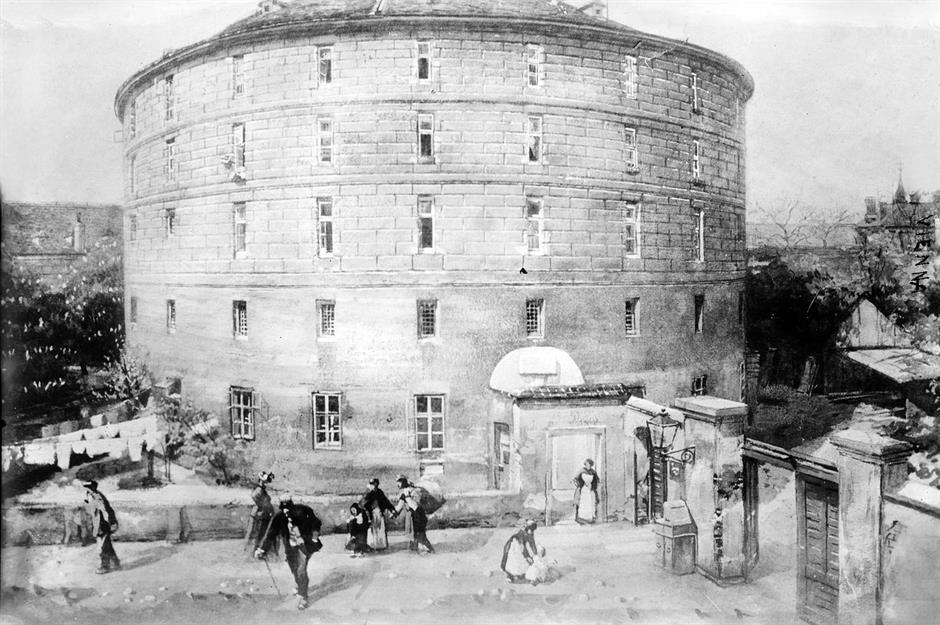
Much has changed in how people with psychological disorders are treated over the past 100 years. The Narrenturm, which translates as ‘Fool’s Tower’, began providing care for people with mental illnesses in 1784.
Since 2012 the building has, in association with Vienna's Natural History Museum, housed one of the world's biggest collections of pathology and anatomy. The structure was completely renovated in 2020 before reopening with a new display of the collection.
Tirana, Albanian Kingdom
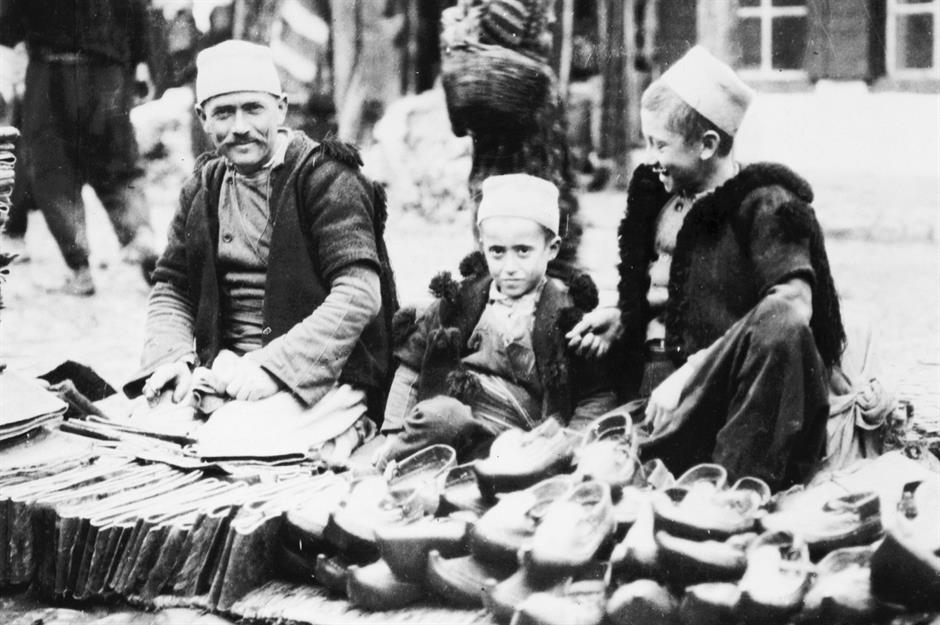
Albania’s popularity as a tourist destination has soared in recent years. This follows a period of isolation from 1975 to 1991, orchestrated by the country’s authoritarian leader, Enver Hoxha. In 1924 the Albanian Democratic Revolution toppled the government and Fan Noli became prime minister.
He was forced into exile just six months later and replaced by Ahmed Zogu, who proclaimed himself King Zog I in 1928. As is so often the case with such things, these power squabbles were a world away from the life of ordinary citizens. Here, we see a man and two boys in Tirana selling traditional shoes known as opinga.
Valletta, Crown Colony of Malta
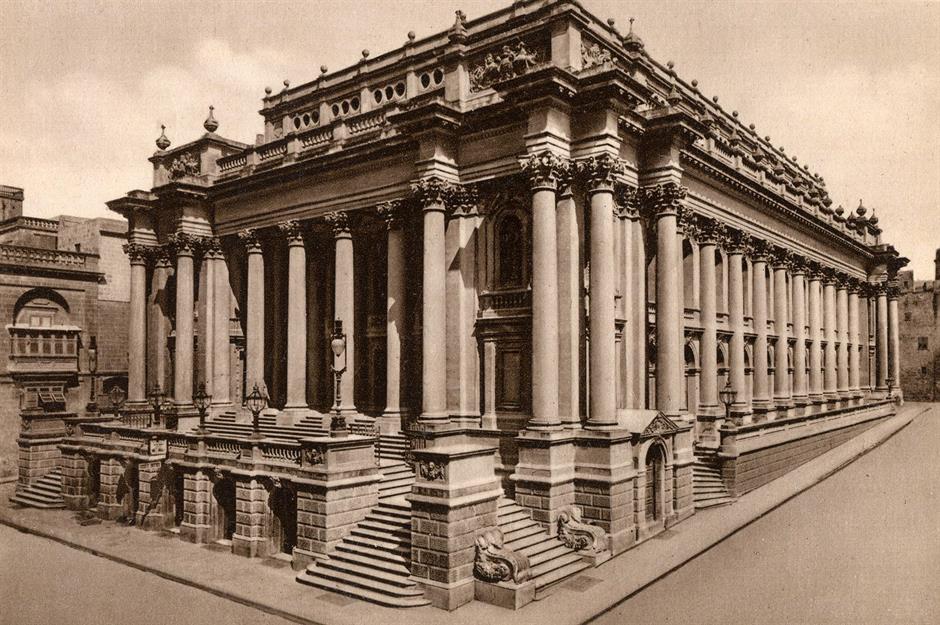
Valletta’s Royal Opera House was built between 1861 and 1866, before being destroyed by the severe bombardment that Malta endured during World War II from Italian and German aircraft. Consequently, the island was awarded the George Cross, which is given for 'acts of the greatest heroism or of the most conspicuous courage in circumstances of extreme danger', by Britain's King George VI.
To commemorate the destruction of the building, the opera house was not rebuilt. Today, Pjazza Teatru Rjal has been integrated into the old theatre's ruins.
Tbilisi, Georgian Soviet Socialist Republic
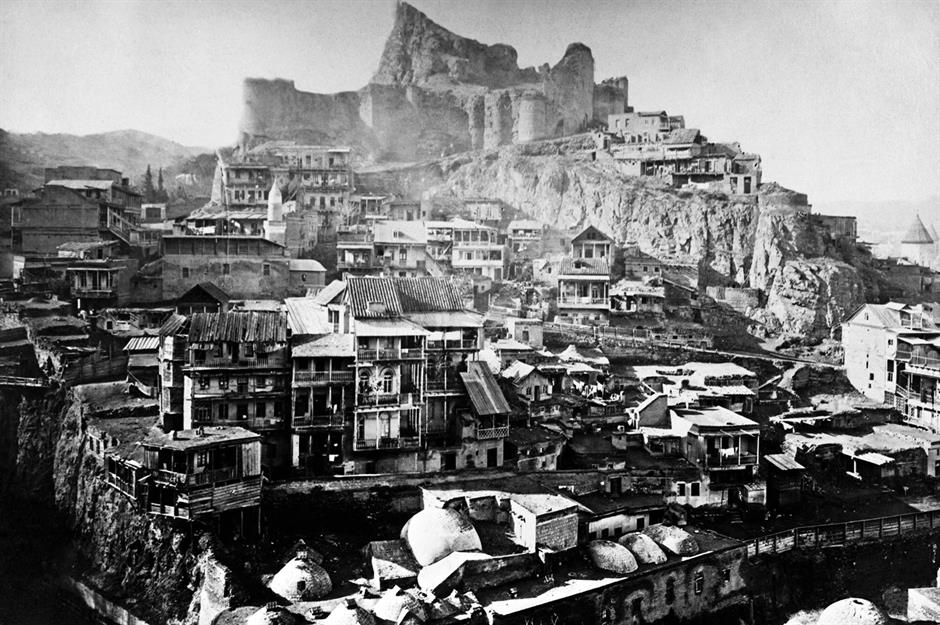
The fortress of Narikala has overlooked the Kura River, a waterway known as the Mtkvari in Georgia, since the stronghold was established by Persians in the fourth century. The city of Tbilisi was built up around it.
After World War I, for about three years, Tbilisi was the capital of an independent Georgian state. Occupation by a Soviet army in 1921 resulted in the city becoming the capital city of the Georgian Soviet Socialist Republic.
Stockholm, Sweden
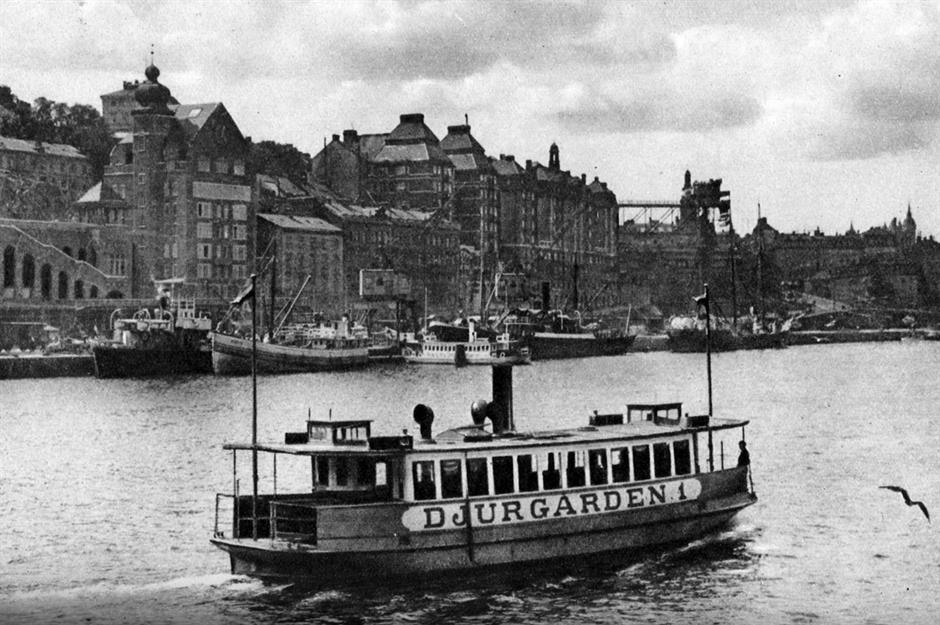
Remarkably, Stockholm has more than 30,000 islands. It’s therefore no surprise that a ferry proves an effective way of getting between some of the Swedish capital’s landmasses. The ferry in the photo is on the way to Djurgarden.
Skansen, the world’s oldest open-air museum, had already opened on the island in 1891 to display historic buildings to the public. The Grona Lund amusement park, dating from 1883, is another longstanding Djurgarden attraction.
Bern, Switzerland
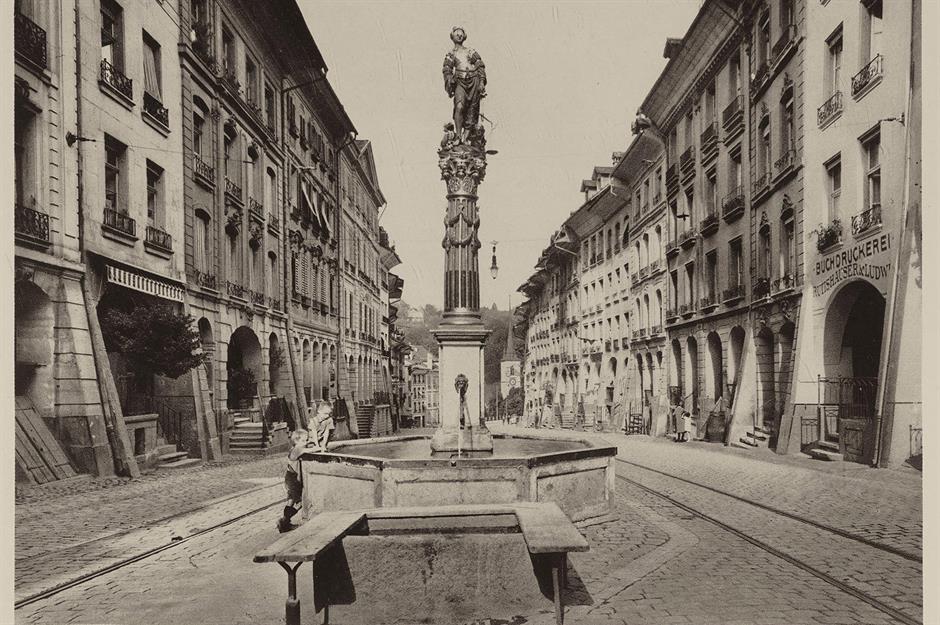
Bern has never been Switzerland's most famous city, but it's been its capital since the formation of the Swiss Confederation in 1848. It's a small but storied city once home to Einstein and Hegel, and it escaped the ravages of the world wars as Switzerland's armed neutrality policy kept it out of both conflicts. This 1920s photo was taken by Swiss photographer Jean Gaberell and is titled simply 'A Bern Street'.
Kaunas, Lithuania
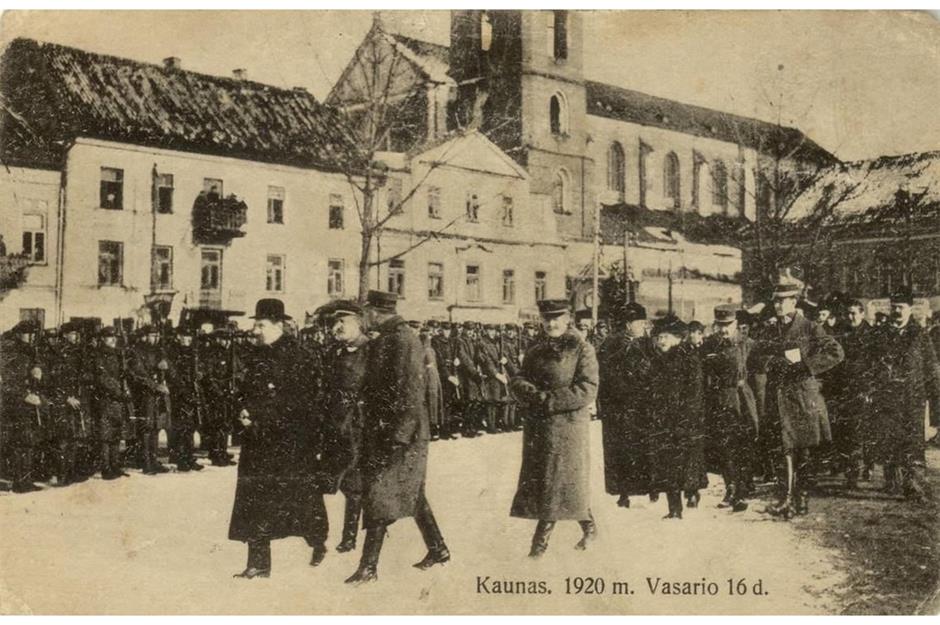
Today, Vilnius is the capital of Lithuania, but that was not the case when the country first declared its independence from Russia in 1918. A multi-ethnic city, Vilnius was disputed territory, changing hands frequently before being captured by Polish forces in 1920.
A temporary capital was established in Kaunas, Lithuania’s second city, seen here celebrating Lithuanian Independence Day in February 1920. It would remain the seat of government until 1939, during which time it also became Lithuania’s cultural centre, famed for its marvellous Art Deco architecture.
Kharkiv, Ukrainian Soviet Socialist Republic
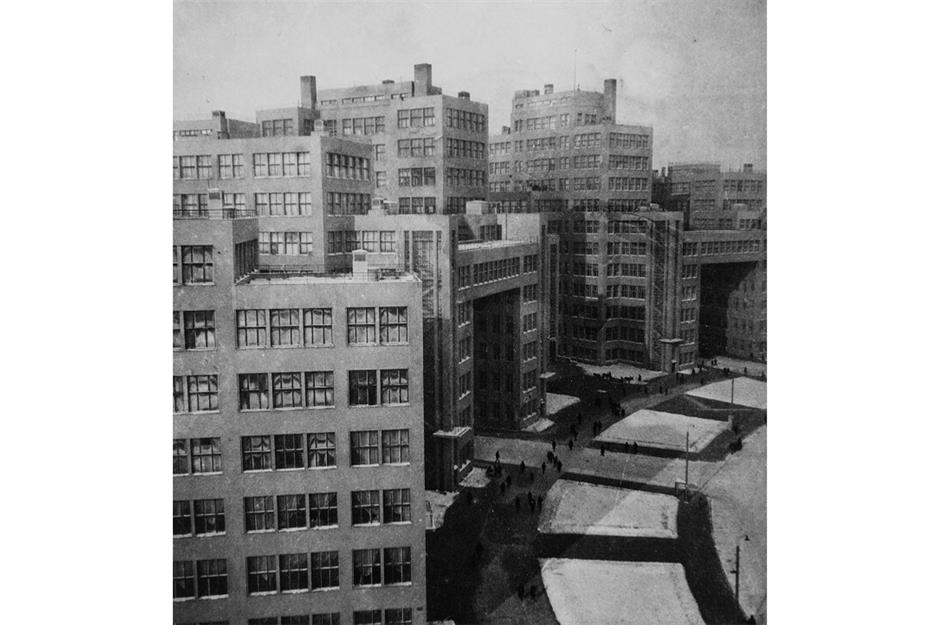
When an independent Ukraine was declared during the chaos of the Russian Revolution, Kyiv was named as its capital. However, when the Soviets regained control of the country, Kyiv’s associations with Ukrainian independence saw the authorities transfer the capital of the new Ukrainian Soviet Socialist Republic to Kharkiv.
Although it only held that status for a brief time (1919-34), the city quickly became the centre of Ukraine’s cultural avant-garde, witnessing a burst of rapid modernisation and bold architectural experiments to rival anything else in Europe. One of the most important projects of the Soviet era was the House of State Industry (pictured), a vast office complex known as 'the first Soviet skyscraper'.
Riga, Latvia
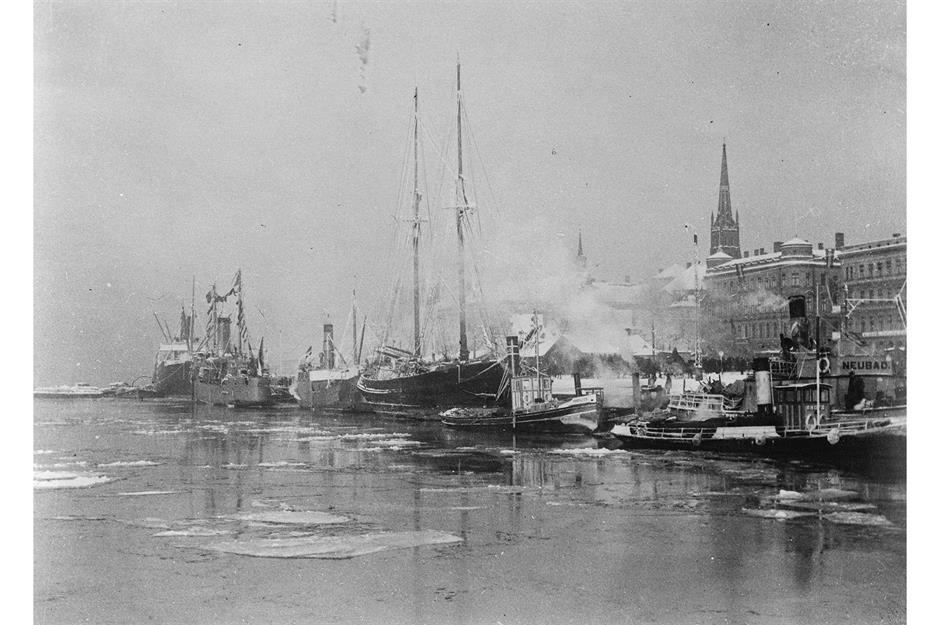
After Latvia declared its independence following the end of World War I in 1918, the major port city of Riga (pictured here in 1922) was enjoying a brief window of freedom and prosperity which would see it described as 'The Paris of the Baltics'. But all this would come to an end in 1940 when the country was swallowed up by the Soviet Union.
Since the country reclaimed its independence after the fall of the USSR in 1991, Riga has become a major tourist destination, visitors being drawn to its astonishing mix of medieval, Art Nouveau and Jugendstil architecture.
Tallinn, Estonia
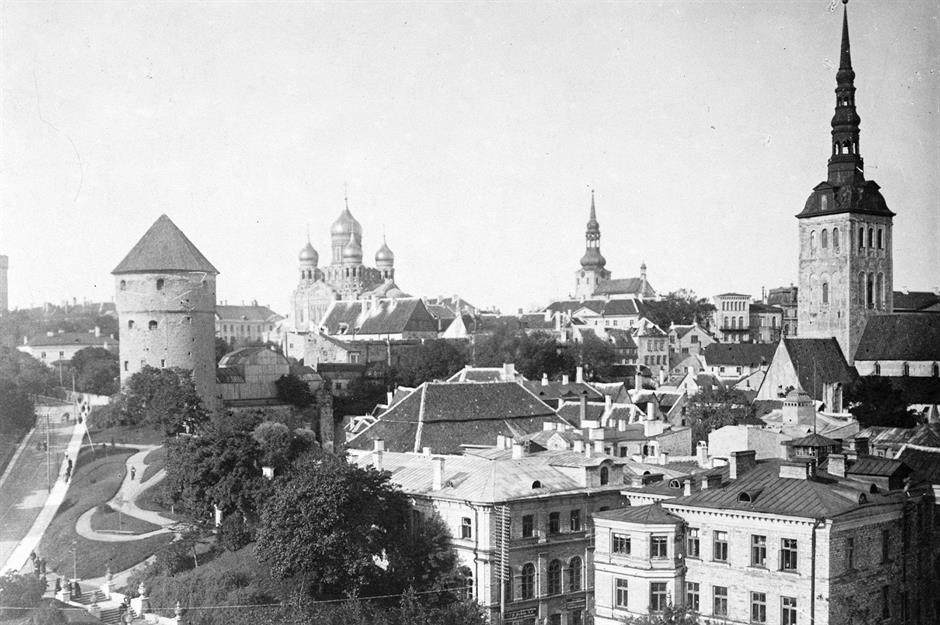
Tallinn’s medieval Old Town (pictured here in 1924) is one of the best preserved in Europe, and has been a UNESCO World Heritage Site since 1997. But the city has seen difficult times over the past century.
Declared the capital of Independent Estonia in 1918, it would soon be caught up in the broader sweep of 20th century history, occupied by Nazi Germany from 1941-44 and then the Soviet Union until 1991. Today, however, Tallinn is a thriving modern metropolis, home to more than half the Estonian population.
Now discover the most visited attraction in every European country
Comments
Be the first to comment
Do you want to comment on this article? You need to be signed in for this feature